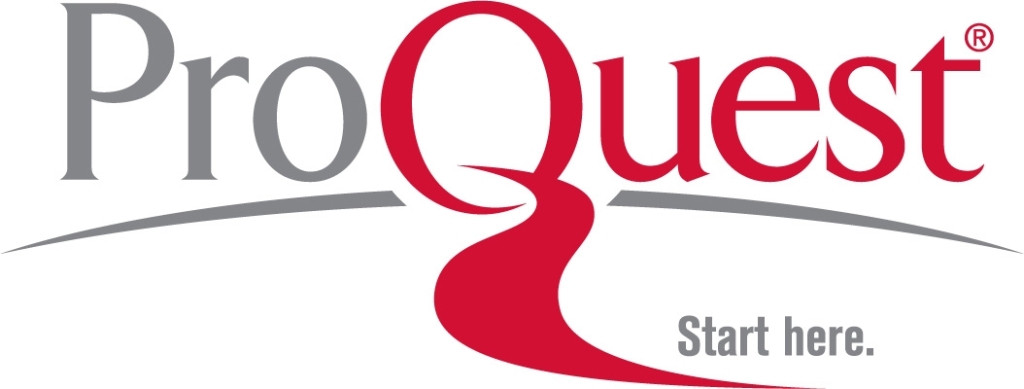Abstract
There are a number of studies in the literature revealing that programming instruction has positive effects on development of different cognitive skills. However, there are scarcely any studies suggesting pedagogical approaches to how programming should be done. Therefore, this study focused on how to do programming instruction that target developing students’ cognitive skills. In this study, it was aimed to suggest a model for teaching in order to develop various cognitive skills of students. Within the scope of the study, a programming instruction model was created, and it was called Programming in Seven Steps (PSS) model. As research design, special case study was used from qualitative research methods. The research team consisted of two groups: design team (1 faculty member from the department of Computer Education and Intructional Technologies (CEIT), 2 master’s degree students, and 2 PhD students) and a Design Evaluation Team (DET) (10 IT and Software teachers who work in secondary schools affiliated to the Ministry of National Education) in the process of constructing the PSS model. During the research, the documents and interviews with the design evaluation team were analyzed with the purpose of determining the steps of the PSS model. The study elaborates the process followed to create the model, the features of the proposed model, and interviews with the design evaluation team. This article details the overall path to designing of the model, the features of the model, and DET interviews. It is aimed that the model introduced in this study will become a guide for educators who want to teach programming at secondary school level.
Keywords
Programming teaching, Problem solving, Algorithmic thinking, PSS teaching model, Lesson plans, Secondary school, Coding
DOI: http://dx.doi.org/10.15390/EB.2018.7678







